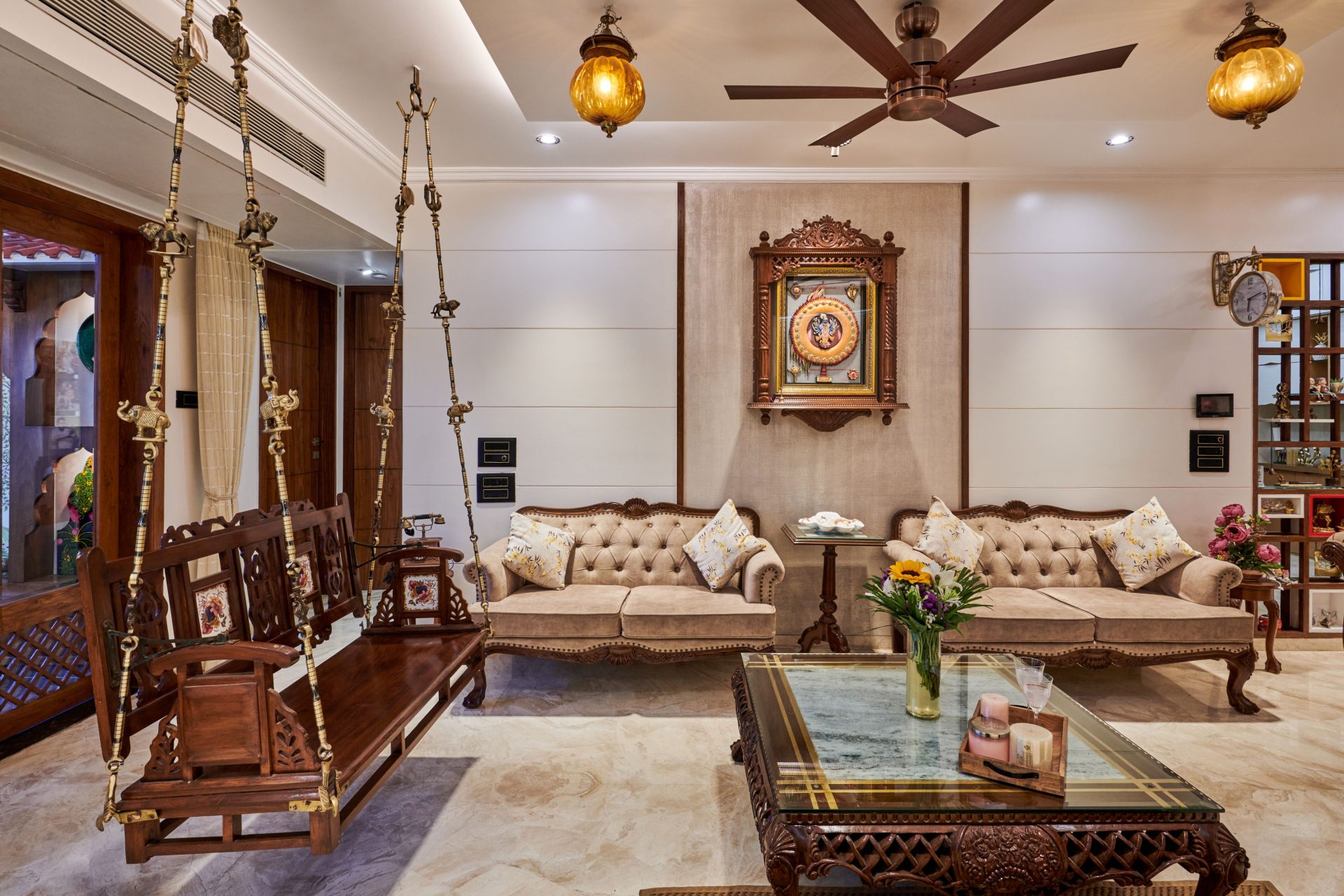
Traditional Designs: Home as a Reflection of Culture
admin
- 0
kfoodfair2015.com – Homes are not just physical structures; they are cultural manifestations that reflect the values, aspirations, and aesthetics of the societies that build them. Each traditional home style carries with it the heritage and history of its people, making them more than just places to live but cultural symbols that tell stories of the past and aspirations for the future.
The Significance of Traditional Home Styles
Traditional homes are deeply rooted in the cultural heritage of their respective regions. They are designed to meet the specific needs of the local climate, geography, and lifestyle. These homes are not just functional spaces but also serve as repositories of cultural knowledge and practices.
Cultural Heritage
Traditional homes often reflect the values, aspirations, and aesthetics of the culture and time in which they were built. They are a testament to the ingenuity and creativity of the people who designed and built them. Each element of a traditional home, from the materials used to the layout of the rooms, has a purpose that is deeply connected to the cultural context of its origin.
Adaptation to Local Conditions
One of the most striking aspects of traditional home styles is their adaptation to local conditions. For example, homes in hot climates often feature large windows and open spaces to allow for air circulation, while those in cold climates might have thick walls and small windows to retain heat. This adaptation not only serves practical purposes but also embodies the cultural understanding of the environment.
Traditional Home Styles Around the World
Japanese Homes
Japanese homes, particularly those influenced by the traditional style known as “Ryokan,” are characterized by their simplicity and use of natural materials. These homes often feature tatami mats, sliding doors, and minimalistic decor, reflecting the Japanese aesthetic of “Wabi-Sabi,” which values imperfection and transience.
Moroccan Homes
Moroccan homes, especially those in the medinas, are known for their intricate tile work, vibrant colors, and complex architectural designs. These homes are designed to provide privacy and shade from the sun, and their courtyards and central rooms are designed to maximize airflow and comfort.
American Colonial Homes
American colonial homes, influenced by the architectural styles of the European settlers, are characterized by their symmetrical facades, large central chimneys, and wood construction. These homes reflect the practical needs of the settlers, who often used local materials and designs that were familiar to them.
Indian Homes
Indian homes, particularly those in the northern regions, are known for their use of vibrant colors, intricate carvings, and spacious courtyards. These homes are designed to accommodate large families and often feature multiple levels and complex architectural designs that reflect the rich cultural heritage of India.
Conclusion
Traditional home styles are not just architectural forms but cultural expressions that reflect the values, aspirations, and aesthetics of the societies that build them. Each traditional home style carries with it the heritage and history of its people, making them more than just places to live but cultural symbols that tell stories of the past and aspirations for the future. As we continue to evolve, it is important to preserve these traditional home styles as they provide a link to our cultural past and a source of inspiration for the future.


